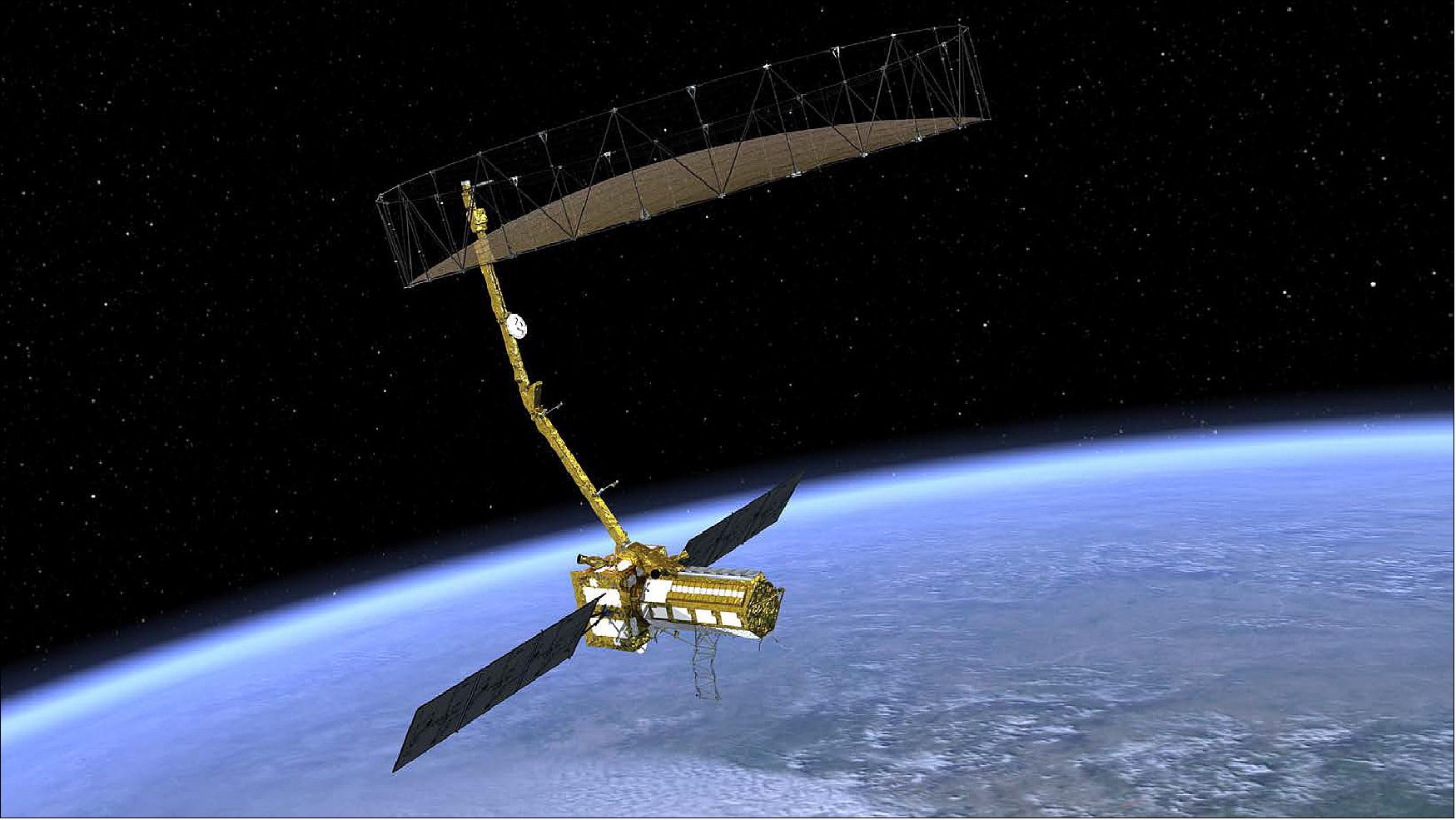Chennai: The US Space Agency the National Aeronautics and Space Administration (NASA) and the Indian Space Research Organisation (ISRO) are collaborating on one of NASA’s biggest project–the NASA-ISRO SAR Mission (NISAR), a joint Earth-observing mission.
This was disclosed by Drew Schufletowski, Minister Counselor for Economic, Environment, Science and Technology Affairs, US Embassy, New Delhi, in his address at the three-day Space Technology Conclave titled ‘Space Technology: The Next Business Frontier,’. organised by the Indian Institute of Technology-Madras (IIT-M), the US Consulate General, Chennai and the Indian Space Association (ISA) at the IIT-M premises on Saturday.
NISAR is planned for launch in early 2023 from the Satish Dhawan Space Center , SHAR Range in Sriharikota, into a near-polar orbit at an altitude of 747 km with an inclination of 98.4 deg.
ISRO will be using its heaviest home grown rocket GSLV-MkII for the mission which will take place from the Second Launch Pad, according to information collected from the NASA website on the NISAR mission.
Delivering an address on the ‘Conclave from a Government Perspective,’ Drew Schufletowski said, “bilateral trade between India and the US is at a higher level than ever before and I see the potential for collaboration in many areas.”
Currently, NASA and ISRO are collaborating on one of NASA’s biggest project–the NASA-ISRO SAR Mission (NISAR), a joint Earth-observing mission, he said.
The NISAR Mission will measure Earth’s changing ecosystems, dynamic surfaces, and ice masses providing information about biomass, natural hazards, sea level rise, and groundwater, and will support a host of other applications.
NISAR will observe Earth’s land and ice-covered surfaces globally with 12-day regularity on ascending and descending passes, sampling Earth on average every 6 days for a baseline 3-year mission.
NISAR will map global land biomass, the amount of organic material from plants, every 12 days.


